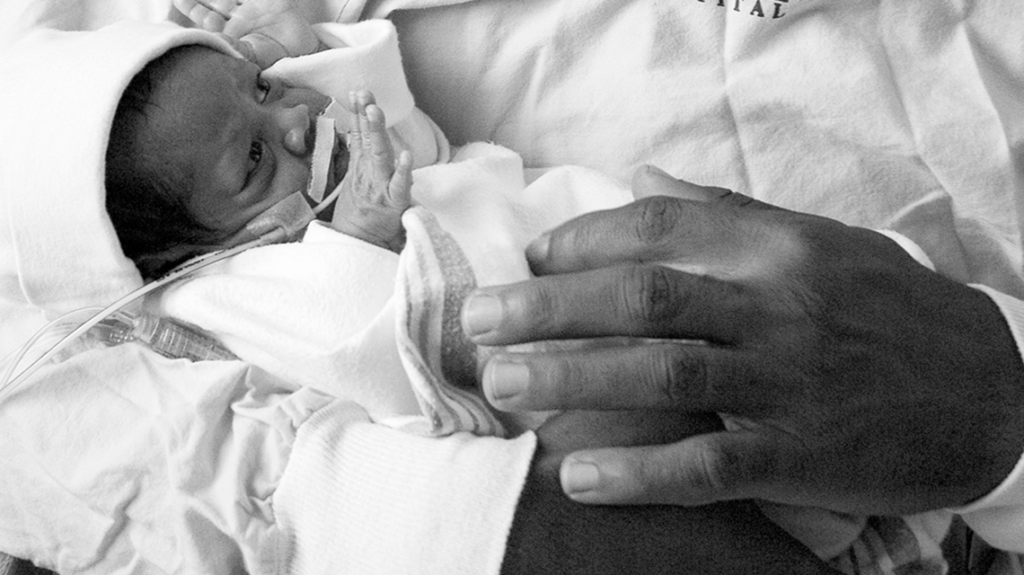Prevention and Treatment of Early-Onset Sepsis in Newborns
Prevention and Treatment of Early-Onset Sepsis in Newborns https://pediatricsnationwide.org/wp-content/uploads/2020/04/DSC_0635_HRBW.gif-BPD-header-1024x575.gif 1024 575 Mary Bates, PhD Mary Bates, PhD https://secure.gravatar.com/avatar/c6233ca2b7754ab7c4c820e14eb518c8?s=96&d=mm&r=g- July 08, 2020
- Mary Bates, PhD

Continued surveillance is needed to monitor pathogen distribution and antibiotic resistance.
Early-onset sepsis remains a potentially fatal condition among newborns, particularly pre-term infants. According to a new study published in JAMA Pediatrics, ongoing surveillance is required to optimize prevention and treatment strategies.
The study included data from 18 centers of the Eunice Kennedy Shriver National Institute of Child Health and Human Development Neonatal Research Network from April 2015 through March 2017. The researchers identified cases of early-onset sepsis – defined as a positive blood or cerebrospinal fluid culture within the first 72 hours of life – from a cohort of more than 200,000 infants, including infants in the Nationwide Children’s Hospital Neonatal Intensive Care Unit (NICU) at The Ohio State University Wexner Medical Center.
The researchers found 235 cases of early-onset sepsis in their cohort, for a rate of 1.08 cases per 1,000 live births. The most frequent pathogens were Escherichia coli (37%) and group B Streptococcus (30%), with E. coli disease primarily occurring among preterm infants and group B streptococcal infection occurring primarily among term neonates. Importantly, 53% of group B streptococcal infections occurred in newborns whose mothers had negative group B streptococcal screening test results.
Neonatal empirical antibiotic treatment most frequently included ampicillin and gentamicin. While the study found that these antimicrobial agents remained effective in most cases, the researchers say that ongoing surveillance should monitor antibiotic susceptibilities of early-onset sepsis pathogens.
“There has not been any resistance of group B Streptococcus to penicillin or ampicillin, which is reassuring,” says Pablo Sánchez, MD, a pediatric infectious diseases specialist and neonatologist who serves as the director of Clinical and Translational Research in Neonatology at Nationwide Children’s Hospital and an author of the study. “However, of 77 E. coli isolates tested for susceptibility to ampicillin and gentamicin, six were found to be resistant to both antibiotics.”
Compared with an earlier Neonatal Research Network study (2006-2009), there was no significant change in the rate of group B streptococcal infection or infection-associated mortality. However, the rate of E. coli infections increased significantly among very low birth weight infants.
“E. coli can be a severe infection, associated with high mortality and morbidity,” says Dr. Sánchez, who is also a principal investigator in the Center for Perinatal Research at the Abigail Wexner Research Institute at Nationwide Children’s and a Professor of Pediatrics at The Ohio State University College of Medicine.
Dr. Sánchez says that he is currently working on comparing infants with early-onset E. coli infection to those without, with the goal of identifying differentiating characteristics and developing preventive strategies.
Overall, Dr. Sánchez and his colleagues say continued surveillance is necessary to identify changes in pathogen distribution and antibiotic susceptibilities in this population. To prevent more cases of early-onset sepsis, additional innovative prevention strategies are needed.
“I think this study highlights the fact that we’ve made a lot of progress against group B streptococcal infections, although they remain a problem,” says Dr. Sánchez. “And we still have a lot of work to do to prevent E. coli infections.”
Reference:
Stoll BJ, Puopolo KM, Hansen NI, Sanchez PJ, Bell EF, Carlo WA, Cotton M, D’Angio CT, Kazzi SNJ, Poindexter BB, Van Meurs KP, Hale EC, Collins MV, Das A, Baker CJ, Wyckoff MH, Yoder BA, Watterberg KL, Walsh MC, Devaskar U, Laptook AR, Sokol GM, Schrag SJ, Higgins RD, Eunice Kennedy Shriver National Institute of Child Health and Human Development Neonatal Research Network. Early-Onset Neonatal Sepsis 2015 to 2017, the Rise of Escherichia coli, and the Need for Novel Prevention Strategies. JAMA Pediatrics. May 04, 2020. [Epub ahead of print]
Image credit:
About the author
Mary a freelance science writer and blogger based in Boston. Her favorite topics include biology, psychology, neuroscience, ecology, and animal behavior. She has a BA in Biology-Psychology with a minor in English from Skidmore College in Saratoga Springs, NY, and a PhD from Brown University, where she researched bat echolocation and bullfrog chorusing.
-
Mary Bates, PhDhttps://pediatricsnationwide.org/author/mary-bates-phd/December 27, 2016
-
Mary Bates, PhDhttps://pediatricsnationwide.org/author/mary-bates-phd/
-
Mary Bates, PhDhttps://pediatricsnationwide.org/author/mary-bates-phd/
-
Mary Bates, PhDhttps://pediatricsnationwide.org/author/mary-bates-phd/
- Posted In:
- In Brief






